Expansion of the Automotive Sector
The Ceramic Frit Market is also benefiting from the expansion of the automotive sector, where ceramic frits are increasingly used in the production of automotive glass and coatings. The automotive industry has been experiencing a robust growth trajectory, with an annual growth rate of around 4%. This growth is attributed to rising consumer demand for vehicles and advancements in automotive technology. Ceramic frits are essential in providing durability and aesthetic appeal to automotive glass, making them a critical component in vehicle manufacturing. As the automotive sector continues to evolve, particularly with the rise of electric vehicles, the demand for high-performance ceramic frits is expected to increase, thereby presenting new opportunities for manufacturers in the ceramic frit market.
Rising Demand in Construction Sector
The Ceramic Frit Market is experiencing a notable surge in demand, primarily driven by the expanding construction sector. As urbanization accelerates, the need for high-quality ceramic materials in building facades, tiles, and sanitary ware increases. In recent years, the construction industry has shown a compound annual growth rate of approximately 5.5%, which directly influences the consumption of ceramic frits. These materials are favored for their aesthetic appeal and durability, making them essential in modern architecture. Furthermore, the trend towards luxury and customized construction projects is likely to bolster the demand for specialized ceramic frits, thereby enhancing the market's growth prospects. As a result, manufacturers are focusing on innovation and product development to cater to the evolving needs of the construction sector.
Diverse Applications Across Industries
The versatility of ceramic frits is a key driver for the Ceramic Frit Market, as these materials find applications across various sectors, including construction, automotive, and electronics. The ability of ceramic frits to enhance the properties of different substrates makes them invaluable in numerous applications. For instance, in the electronics industry, ceramic frits are used in the production of capacitors and insulators, while in the construction sector, they are essential for tiles and sanitary ware. This broad applicability is expected to sustain market growth, as industries increasingly seek materials that offer both functionality and aesthetic value. The ongoing development of new applications for ceramic frits further indicates a promising future for the market, as manufacturers explore innovative uses in emerging sectors.
Growing Interest in Eco-Friendly Products
The Ceramic Frit Market is witnessing a shift towards eco-friendly and sustainable products, driven by increasing consumer awareness regarding environmental issues. Manufacturers are responding to this trend by developing ceramic frits that utilize recycled materials and environmentally safe production methods. The market for sustainable ceramic products has been projected to grow at a rate of 6% annually, reflecting a broader movement towards sustainability in various industries. This shift not only caters to environmentally conscious consumers but also aligns with regulatory pressures for greener manufacturing practices. As a result, companies that prioritize sustainability in their product offerings are likely to enhance their market position and appeal to a growing segment of eco-aware customers.
Technological Innovations in Manufacturing
Technological advancements in the production processes of ceramic frits are significantly impacting the Ceramic Frit Market. Innovations such as digital printing and advanced glazing techniques are enhancing the quality and functionality of ceramic products. For instance, the introduction of automated manufacturing systems has improved efficiency and reduced production costs, allowing for a wider range of designs and finishes. Additionally, the integration of smart technologies in manufacturing processes is expected to streamline operations and enhance product performance. As the market evolves, companies that invest in research and development to adopt these technologies are likely to gain a competitive edge. The ongoing trend towards customization and personalization in ceramic products further emphasizes the importance of technological innovations in meeting consumer demands.


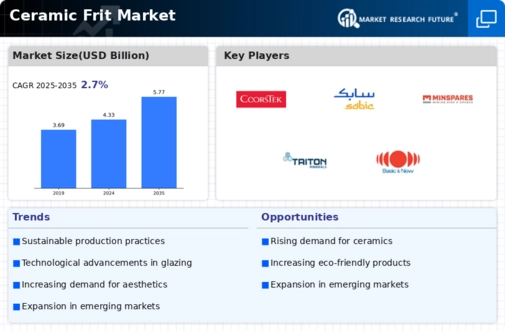
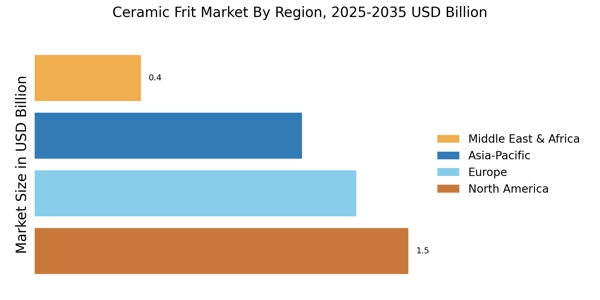
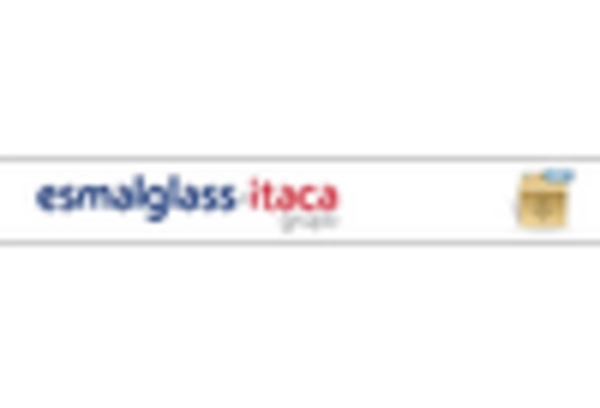
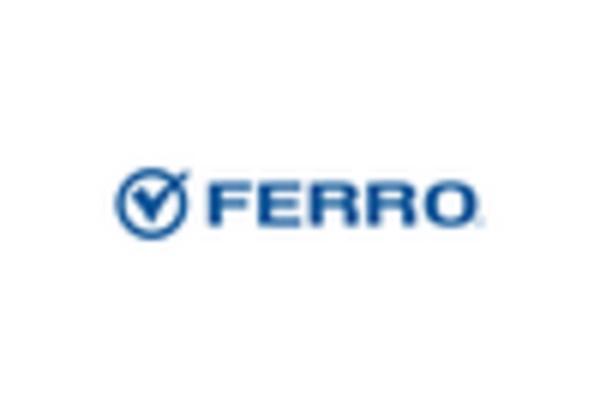
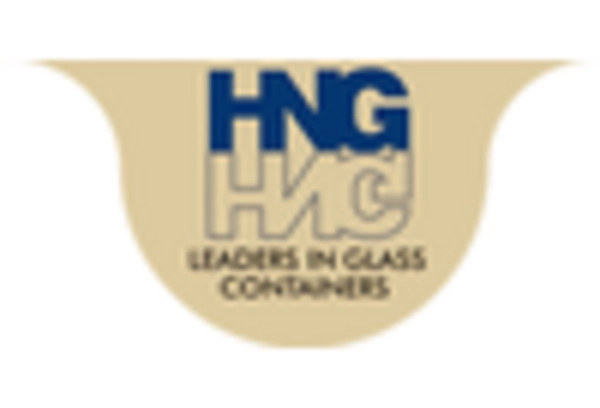
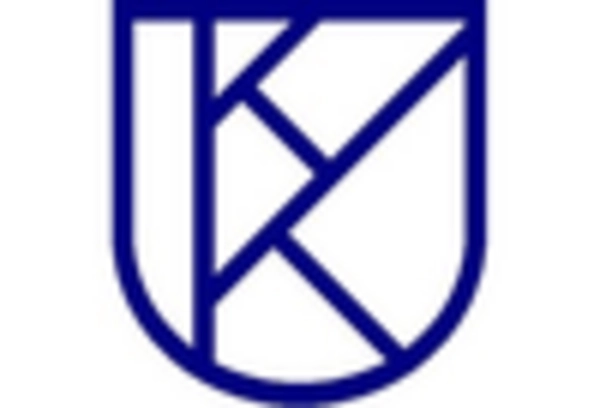
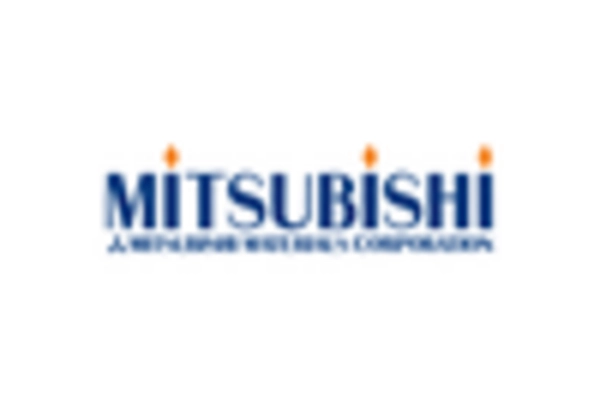
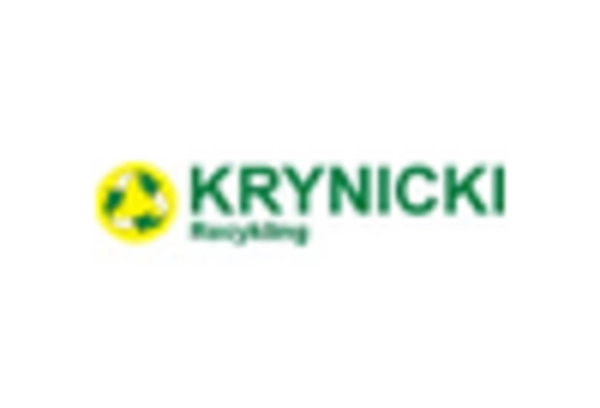








Leave a Comment